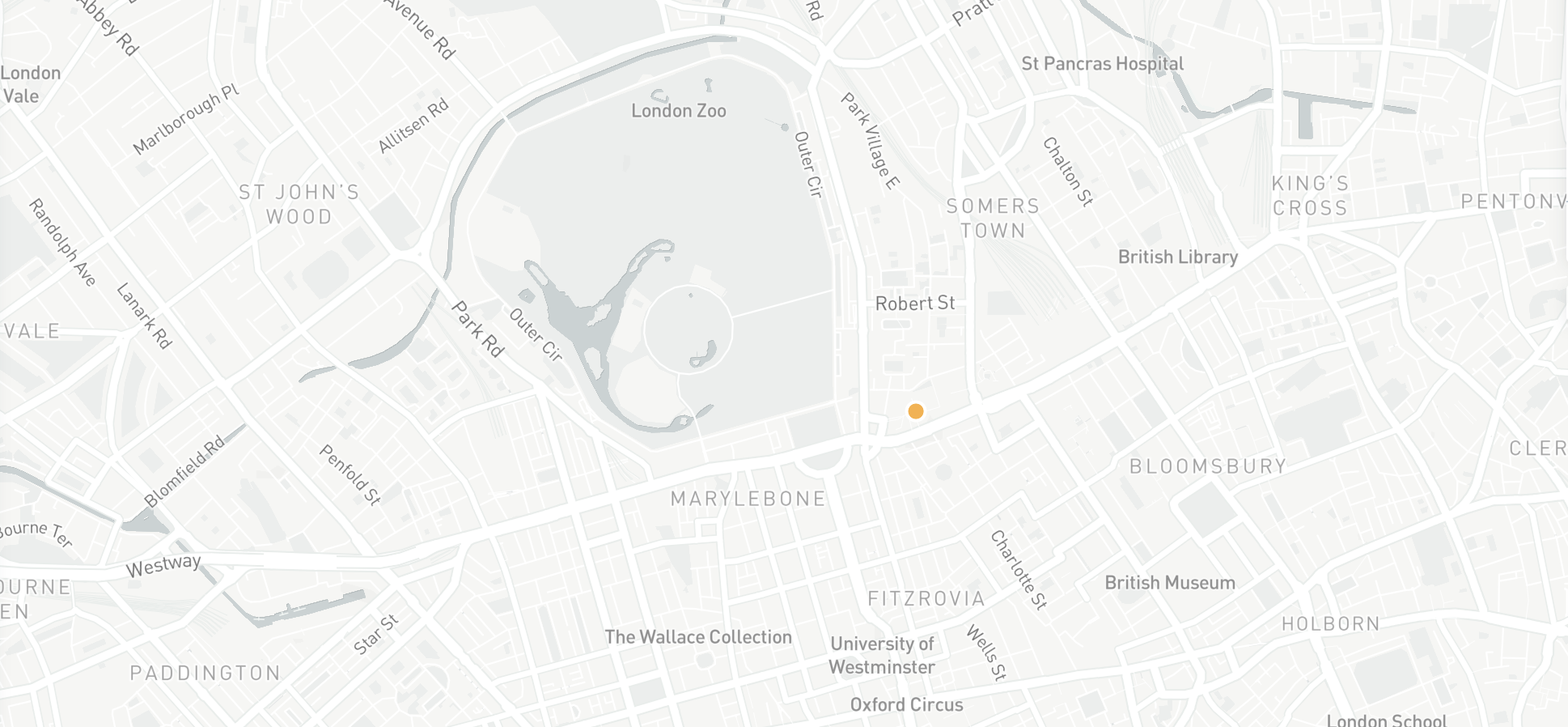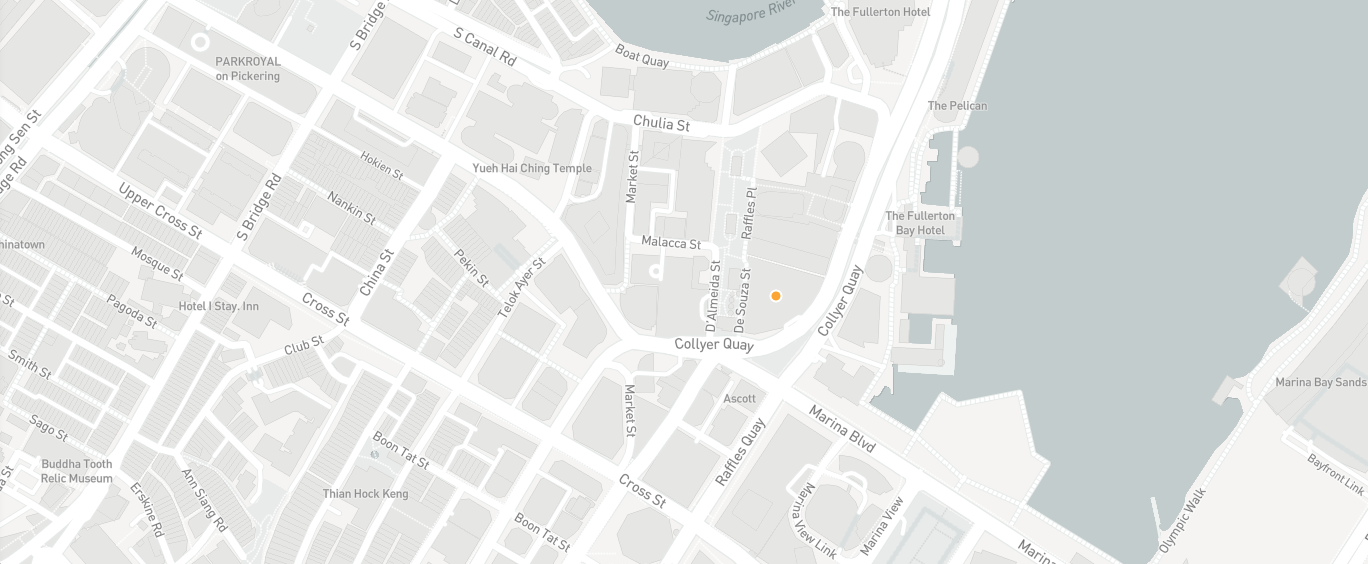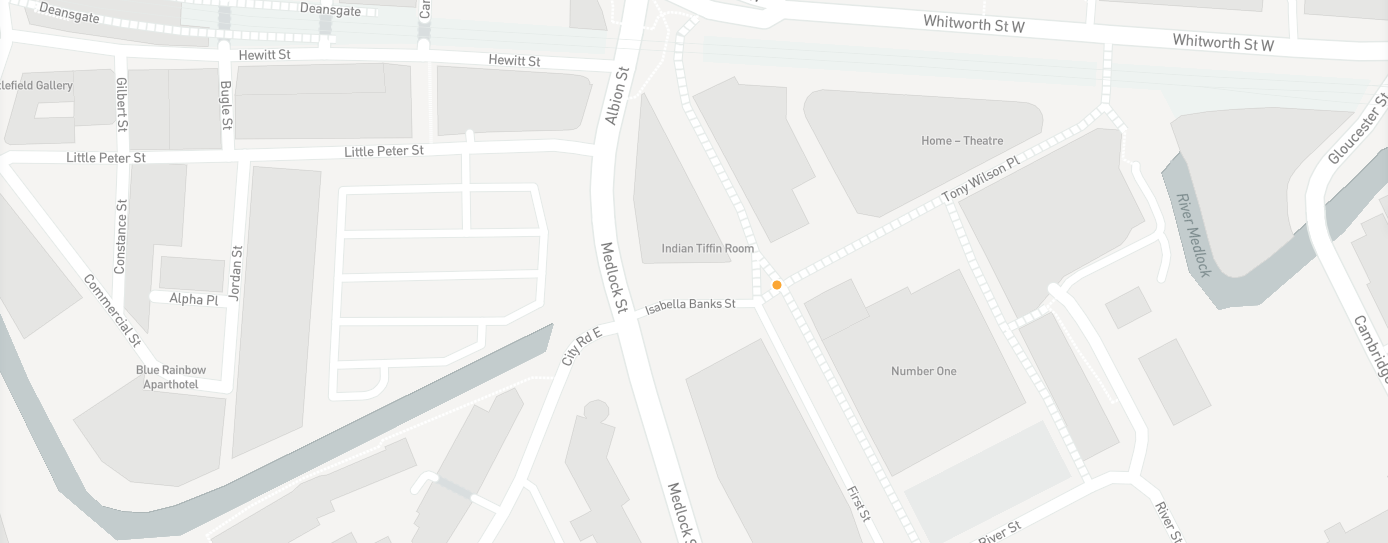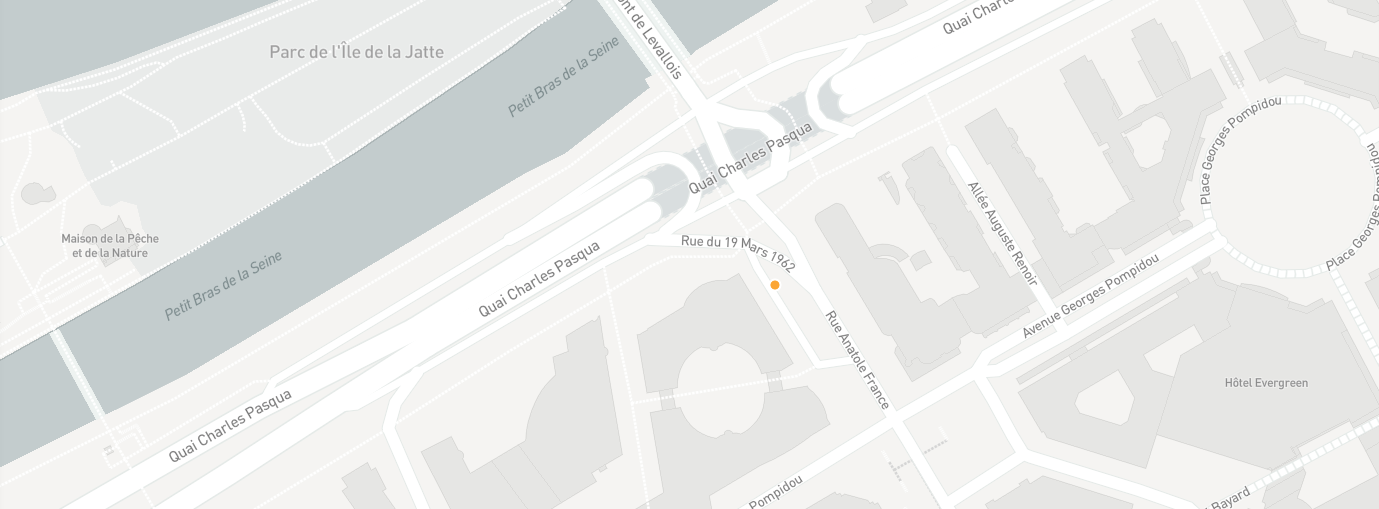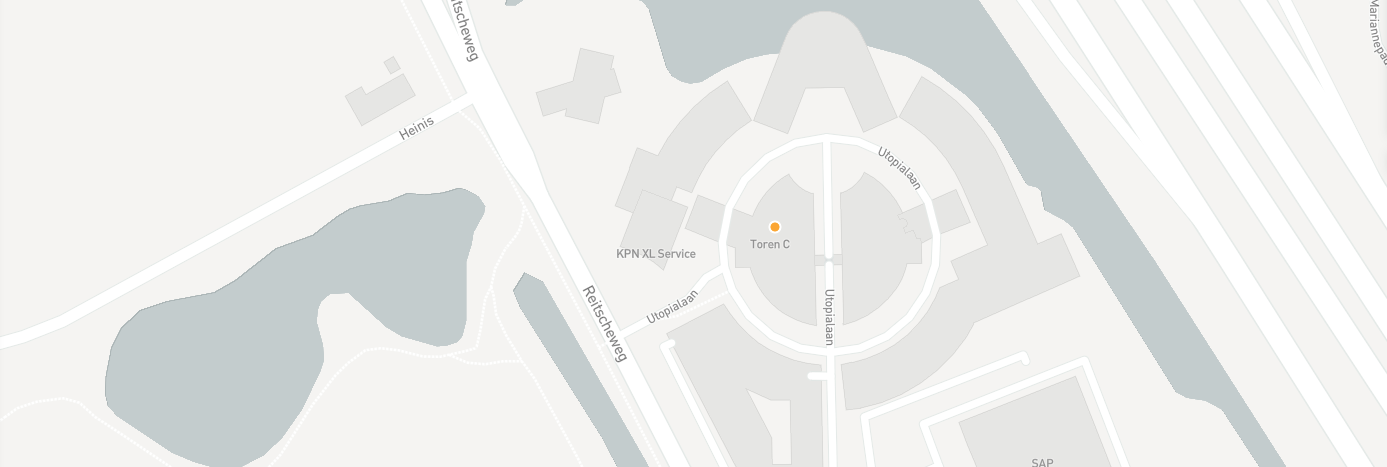The different personality types in the workplace and how to use them to your advantage
Whilst introducing new personality types into the office environment may seem a recipe for disaster, it can help redress the balance and create a more harmonious and efficient workforce.
An office can’t function with too many of the same personality type – clashes would regularly occur and inhibit productivity. The best workplace environments deftly balance its varying personalities to get the most out of everyone involved – ensuring a wide spread of ideas and solutions are offered by the team.

Here, we’ll guide you through some of the various workplace personality types you might’ve worked with and how their various qualities are crucial to the smooth running of the office.
The types of people you work with
There are many different personality types in the workplace, whether you adhere to the technical perspective of the Myers-Briggs Type indicator or you have your own names for the traits people display, it can sometimes be difficult to pin down which person exhibits specific personality types.
Recently, scientists detailed four workplace personality types that certainly ring true for a lot of office workers.
The Driver
Data and results-minded, the Driver is defined by their decisiveness, focus and willingness to try new things – with the correct amount of planning. Big on channelling the team’s momentum, they also tend to see problems as black-and-white, tackling them head-on.
However, they’re also given to impatience which can clash with their need to be properly prepared before they implement new ideas.
The Integrator
An extremely valuable asset to any team, integrators seek to build relationships within the workforce and boost morale when it’s flagging. Diplomatic and empathetic, they shy away from confrontation and debate, which means they can end up being bossed around, but their intrinsic, instinctive motivation means they should never be discounted.
The Guardian
For the guardians within your office, structure and order are massively important. They can be somewhat reserved, but their methodical, detail-oriented style pays dividends. Always pragmatic, but rarely impractical, their nature can sometimes shut them out of conversations, but only because they quietly weigh up their options before they speak.
The Pioneer
Risk-takers who have no problem rolling with the punches, pioneers are often the leaders of the workplace pack. Though outgoing and spontaneous, the bigger picture is always in their view, but their overconfident, impulsive nature can sometimes clash with more reserved members of the team.

Managing differing personalities
With all these individual characteristics in the mix, synchronising them into something that works can sometimes pose problems, but it’s not impossible.
Respect the boundaries of others
It’s wise to adapt to how others go about their roles. If someone prefers to be emailed, approaching their desk will probably make them uncomfortable. Never underestimate how people value comfort in the workplace, so be mindful of your workforce’s preferences. Likewise, pay attention to those given to more introspective traits, – the Guardians and Integrators among your workforce – as they can be susceptible to stress and worry.
Be shrewd with facts
Make sure you’re approaching different personalities in different ways. With guardian types, approach them with facts, patience and plenty of time for them to make decisions. The Driver appreciates responsibility and freedom in tackling problems, while the integrators value consideration and order, so be mindful of the way they like to do things. Let outgoing Pioneer types know they’re appreciated, but ensure they check their facts.
Use teamwork wisely
Appreciate that some personality types work more effectively when they’re on their own. Forcing them into teams might be counter-productive. So, avoid interrupting people’s rhythms where possible – if you need contribution, let them know in advance so they have time to prepare.
At the same time, recognise that differing personality types who can be leveraged in a way that optimises teamwork is also hugely valuable. A variety of viewpoints can be very beneficial, especially since everyone is working towards the same end goal. You may find the weaknesses of certain team members improve as a result of collaboration, so it’s worth considering pairing up differing personality types.
There’s a chance an outsider perspective can provide a much-needed solution; use creativity to solve a problem. These unusual combinations can be leveraged to your advantage – you never know what you might unearth.
Adapt work volume to personality style
If you hand over a 10-page report for the Perfectionist to pore over, you might not ever see it again. Smaller tasks that need prioritising or require deadlines will be more suitable to this kind of personality; a timeframe will ensure they’ve looked at every small detail to the highest of standards. Adapt the amount of work you set to the way different people approach their duties.
Portion out your praise
Consider members of staff who tend to work on their own. The solo approach of people like the Guardian means their contributions might go unnoticed by others. Similarly, the Perfectionist or Challenger types might be overly hard on themselves; be sure to allay their anxieties and offer positive feedback to them when they’ve gone above and beyond.
Click here for the latest news and features from SEFE Marketing & Trading or visit our homepage to find out about our latest career opportunities.
The views, opinions and positions expressed within this article are those of our third-party content providers alone and do not represent those of SEFE Marketing & Trading. The accuracy, completeness and validity of any statements made within this article are not guaranteed. SEFE Marketing & Trading accepts no liability for any errors, omissions or representations.


